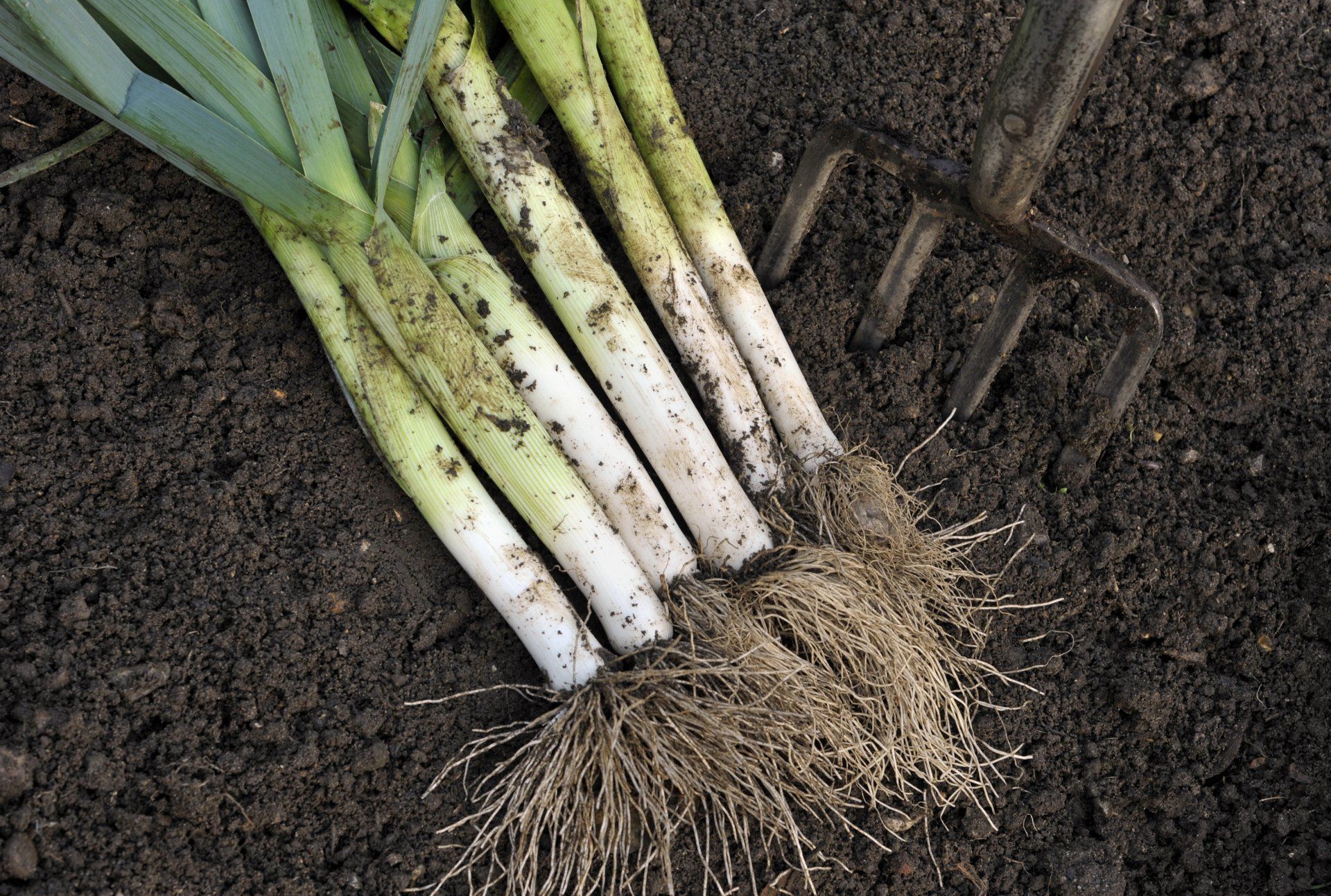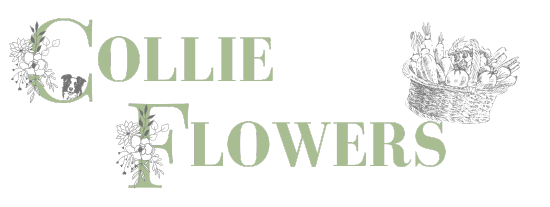Leek
KEY INFORMATION
Height: to 45cm
Spread: to 30cm
Hardy biennial
Sun or semi-shade
Germination: 10-14 days
Harvest: from 20 weeks onwards
VARIETIES AVAILABLE FROM COLLIE FLOWERS
SOWING & GROWING SCHEDULE
Sow Indoors: February to April
Sow Outdoors: March to April
Plant Out: June
Harvest: October to February

Growing Guide
Leeks are very hardy member of the onion family and are grown to gigantic sizes for showing. But smaller plants are tastier and more tender for cooking. Leeks are less demanding to grow than onions but they need very careful transplanting and earthing up to produce long well blanched plants.
There are early, mid-season and late varieties. Early varieties mature from September to November, Mid-Season varieties from December to February and Late varieties from February to April. This guide focusses on mid-season varieties.
You can also grow them in large containers or pots and in raised beds .Direct sow thinly outdoors at a depth of 1cm from March to April into a well prepared seedbed, for transplanting to their final positions in June.
Alternatively sow leek seed indoors from February to April at a depth of 1cm, in modules using free-draining, seed sowing compost. Place in a propagator or seal inside a plastic bag until germination. Once germinated, grow leek plants on in cool conditions. Ensure compost is kept moist during germination and growing on.
When leeks are at least 15cm tall and pencil thick, transplant them into well prepared, rich fertile, well drained soil in sun or semi shade. Plant leeks at a distance of 25cm between plants and 30cm between rows. Using a thick dibber or trowel, create each planting hole to a depth of 10cm and lower the leeks into the holes ensuring that they reach the bottom. Fill each hole with water, washing sufficient soil around the plants to ensure that they can establish. This planting method will produce leeks with well blanched stems.
TOP TIPS
Leeks are generally trouble free, but may suffer from rust – a fungal disease causing orange spots on the leaves and Smut caused black blotches. Affected plants should be lifted and burnt. Leek Moth may be a problem in southern England and is gradually spreading north. The caterpillars feed within the foliage and stems or bulbs of leeks, onions and related vegetables.
